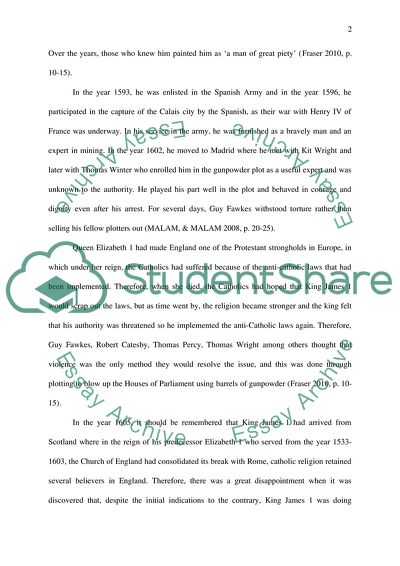Cite this document
(“Guy Fawkes & The Gunpowder Plot of 1605 Research Paper”, n.d.)
Guy Fawkes & The Gunpowder Plot of 1605 Research Paper. Retrieved from https://studentshare.org/history/1641467-guy-fawkes-the-gunpowder-plot-of-1605
Guy Fawkes & The Gunpowder Plot of 1605 Research Paper. Retrieved from https://studentshare.org/history/1641467-guy-fawkes-the-gunpowder-plot-of-1605
(Guy Fawkes & The Gunpowder Plot of 1605 Research Paper)
Guy Fawkes & The Gunpowder Plot of 1605 Research Paper. https://studentshare.org/history/1641467-guy-fawkes-the-gunpowder-plot-of-1605.
Guy Fawkes & The Gunpowder Plot of 1605 Research Paper. https://studentshare.org/history/1641467-guy-fawkes-the-gunpowder-plot-of-1605.
“Guy Fawkes & The Gunpowder Plot of 1605 Research Paper”, n.d. https://studentshare.org/history/1641467-guy-fawkes-the-gunpowder-plot-of-1605.


